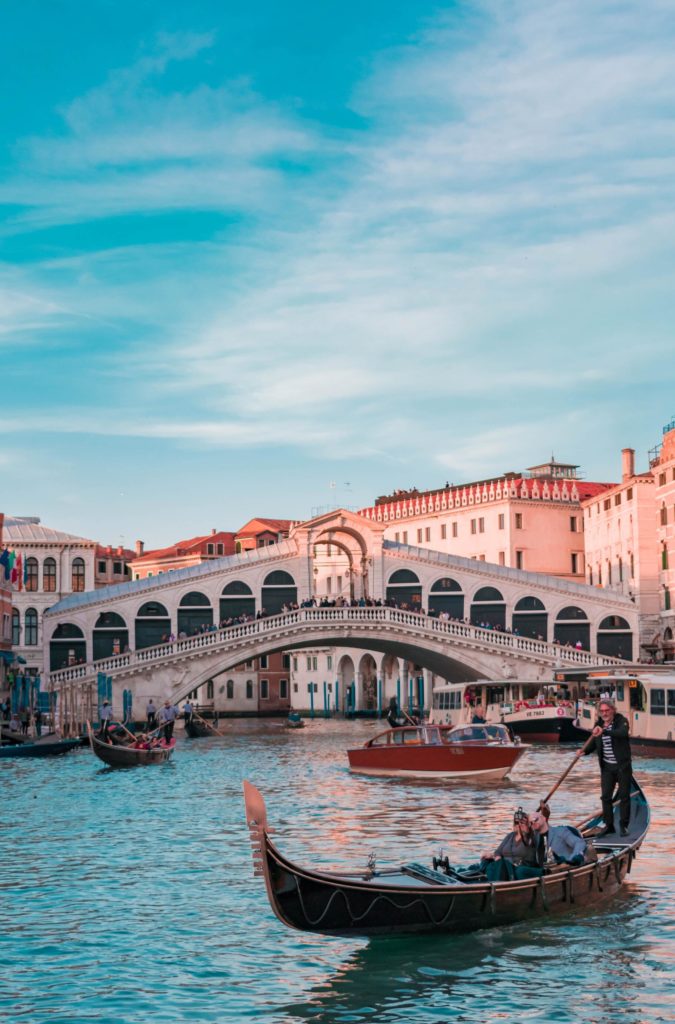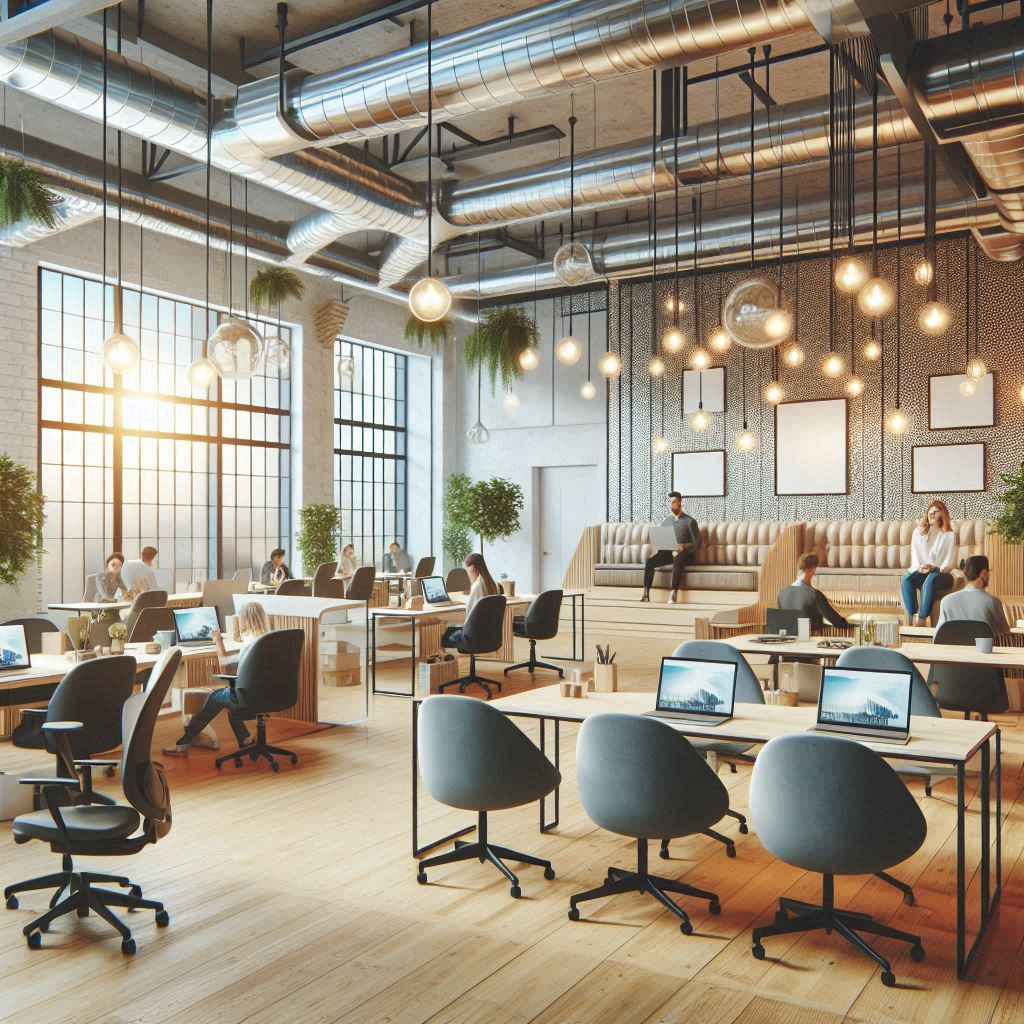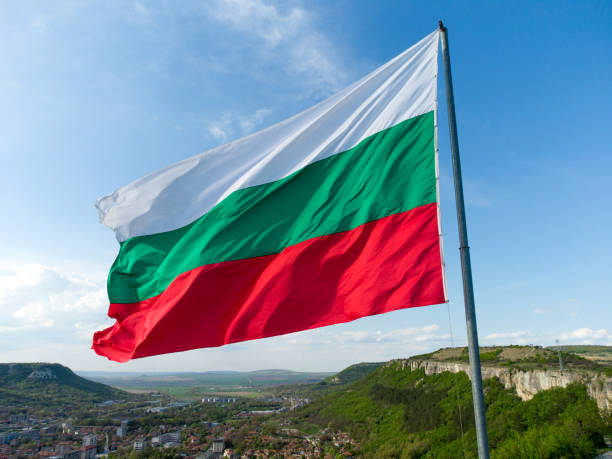The fact that the only boot-shaped country in the world walks everywhere else is not a coincidence.
Every nation has unique characteristics. It’s only fair to state that Italy is practically bursting at the seams with unique items. When you are in Italy, there is plenty to write home about in terms of cuisine, coffee, wine, the scenery, history, etc.
Before coming to Italy, there are several things you should be aware of, from the language and culture to more important topics like health insurance.

Slightly high cost of living
Of course, the convenience and beauty of the Italian way of life are not free. One of the priciest nations in Europe is Italy.
If you’re coming from Britain, you probably wouldn’t consider this a “premium” because, according to Numbeo, living expenses in Italy are 2.02 percent cheaper than in the UK.
The only significant differences in the cost of living between Italy and the UK are coffee and public transportation, which are significantly less expensive in Italy.
This is also true of rent; according to Numbeo, the cost of renting a home in Italy is 30.79 percent less than it is in the UK. According to Internations, the national average rent for a one-bedroom apartment is about £675; but, in Milan, it can be over £850. (Source: Transferwise).
Private health insurance
The Servizio Sanitario Nazionale is the name of Italy’s version of the National Health Service (SSN).
It’s a really good system, coming in at number 17 on the Prosperity Index of the Legatum Institute. It may seem unimpressive to be ranked 17th out of 166 nations, but keep in mind that Italy is ranked six places ahead of the UK.
However, depending on where you are in Italy, the quality of care can differ significantly, with the north typically providing better care than the south.
Additionally, Italy’s public health systems are coming under more and more strain due to the country’s aging population (more on this later).
Coffee is in the blood
The utter dependence on coffee among Italians won’t come as a surprise to you. Italy has been pouring coffee into its veins since the Middle Eastern coffee bean arrived in Venetian ports in the 16th century.
As our resident Italian, Lorenzo can attest, it’s not unusual for the average Italian to consume six or seven espresso shots in a single day.
Naturally, there are several “unspoken” and “embarrassing if you get it wrong” guidelines for sipping coffee in Italy.
Catholicism is a diminishing big deal
The Pope and Vatican City, the center of Roman Catholicism, are located in the highly Catholic nation of Italy. Christ began his teaching all those years ago in the Roman Empire (Judea), and 78 percent of Italian adults are Catholic, according to Pew Research.
However, Catholicism’s influence over Italian society has unquestionably waned during the last fifty years. The Vatican objected to this move in 1970 when the Italian government legalized divorce, but it had little impact.
According to current estimates, only about 15–20 percent of Catholics attend mass on Sundays. Indeed, the Italian Episcopal Conference’s then-president Camillo Cardinal Ruini stated that Italian Catholics “who live their faith deeply are a minority” in 2007.
Football fever
Even while Catholicism is losing ground, Italians’ passion for football is downright fervent.
They are so enraged by it that, when a big game is playing, entire villages essentially shut down on Sundays. Since the turn of the 20th century, Italy has had a national football competition, with Serie A (the Italian Premier League) debuting in 1929.
The extreme behavior of Italian football fans has earned them the nickname “Tifosi,” which translates to “infested by typhus.” Examples of this behavior include unrestrained zeal, hooliganism, flares, and deafening chanting.



